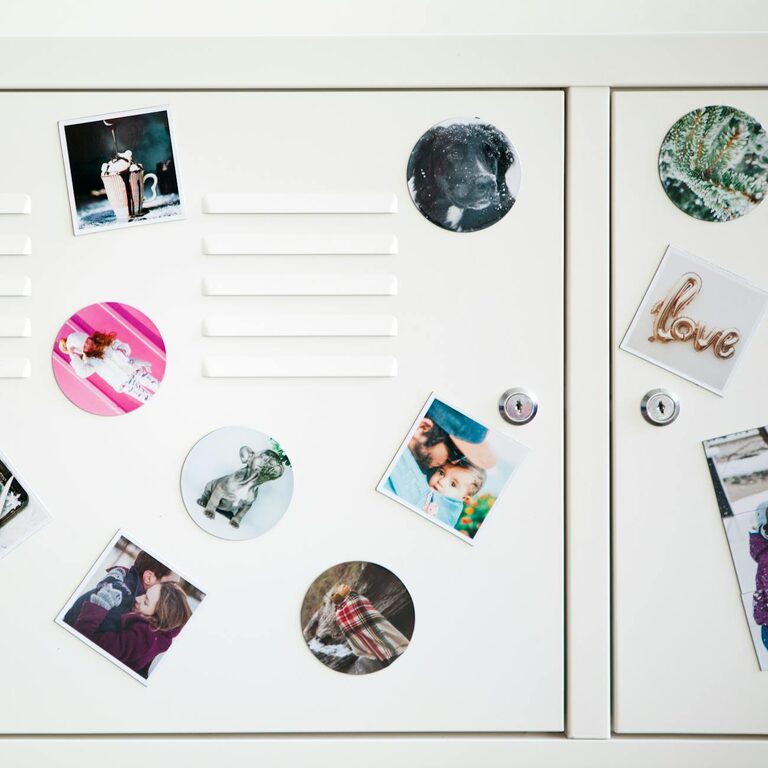Simple Tips for Keeping Kids’ Art Organized and Clutter-Free

Children’s artwork is a wonderful expression of their creativity and imagination. From finger paintings to school projects, these colorful creations bring joy and pride to both kids and parents alike. However, as art piles up, it can quickly become overwhelming and contribute to household clutter. Organizing your children’s art collection not only preserves precious memories but also helps maintain a tidy and inspiring environment.
In this post, we’ll explore practical and fun tips for keeping kids’ art organized, making it easy to enjoy and cherish each masterpiece.
Why Organize Kids’ Artwork?
Before diving into solutions, it’s helpful to understand why organizing kids’ art matters:
– Preserve Memories: Artwork captures your child’s growth and creativity over time.
– Reduce Clutter: Avoid stacks of paper and projects taking over your home.
– Boost Creativity: An organized space encourages more art making.
– Share Easily: Arrange art so it’s simple to display or gift to family and friends.
Step 1: Sort and Select
Start by gathering all the artwork in one place. It’s normal to have a mix of drawings, paintings, crafts, and school projects.
– Keep the Best: Choose pieces that are meaningful, show progress, or are favorites.
– Set Limits: Decide how much you want to keep to avoid overload.
– Take Photos: For bulky or less keep-worthy art, consider photographing to preserve the memory without physical storage.
– Recycle or Donate: Recycle what you don’t keep, or donate to nursing homes, daycare centers, or art recycling programs.
Step 2: Designate a Storage System
Having a dedicated place for kids’ artwork makes it easy to maintain organization.
Options for Storage:
– Portfolios: Large, flat art portfolios store flat artwork neatly.
– Binders with Plastic Sleeves: Great for standard-size papers; label by year or child.
– Storage Boxes: Use labeled boxes for 3D art or mixed-size projects.
– Filing Cabinets: Create folders for each child or school year.
– Digital Archives: Use apps or cloud storage to create virtual galleries.
Tips for Storage:
– Choose acid-free and durable materials to prevent damage.
– Clearly label containers with child’s name and dates.
– Store artwork in a dry area away from direct sunlight.
Step 3: Create an Art Display Area
Showcasing your child’s creativity boosts their confidence and adds personality to your home.
Display Ideas:
– Gallery Wall: Use frames, clipboards, or hanging wires to showcase rotating pieces.
– Corkboards or Magnetic Boards: Easy to swap art in and out.
– String and Clips: Hang a string with clothespins for a casual, flexible display.
– Digital Frames: Upload photos of artwork for a rotating slideshow.
Rotating art regularly keeps displays fresh and reduces the amount of paper on view.
Step 4: Make Art Organization a Routine
Maintaining organization is easier when it becomes a habit.
– Weekly Review: Set aside time each week or month to sort new artwork.
– Involve Your Child: Encourage kids to select favorites and help with storage.
– Set Rules: Agree on how many new pieces can be displayed or stored.
– Celebrate: Use this opportunity to talk about their art and progress.
Step 5: Get Creative with Repurposing Art
Transforming kids’ art into functional or decorative items can add sentimental value while reducing clutter.
Ideas to Try:
– Greeting Cards: Cut and fold artwork into cards for birthdays and holidays.
– Gift Wrap: Use large drawings or paintings as unique wrapping paper.
– Calendars: Compile scanned images into personalized yearly calendars.
– Photo Books: Make printed books that tell a story through their artwork.
These projects can be fun family activities and great gifts for relatives.
Bonus Tips for Busy Parents
– Set Up a “Creation Station”: A specific space with supplies and paper helps contain mess.
– Use Clear Bins: Transparent containers make it easy to see stored artwork.
– Try Art Apps: Apps like Artkive streamline photo storage and printing.
– Create Memory Boxes: Designate a box per year to capture a limited selection.
Conclusion
Organizing children’s artwork is a rewarding task that safeguards memories and keeps your home orderly. By sorting thoughtfully, choosing the right storage, creating display areas, and involving your kids, you can turn art clutter into cherished collections. Plus, repurposing and digitizing art offer creative ways to enjoy their masterpieces long after they’re made. Start small, keep it simple, and celebrate your child’s creative journey every step of the way!
